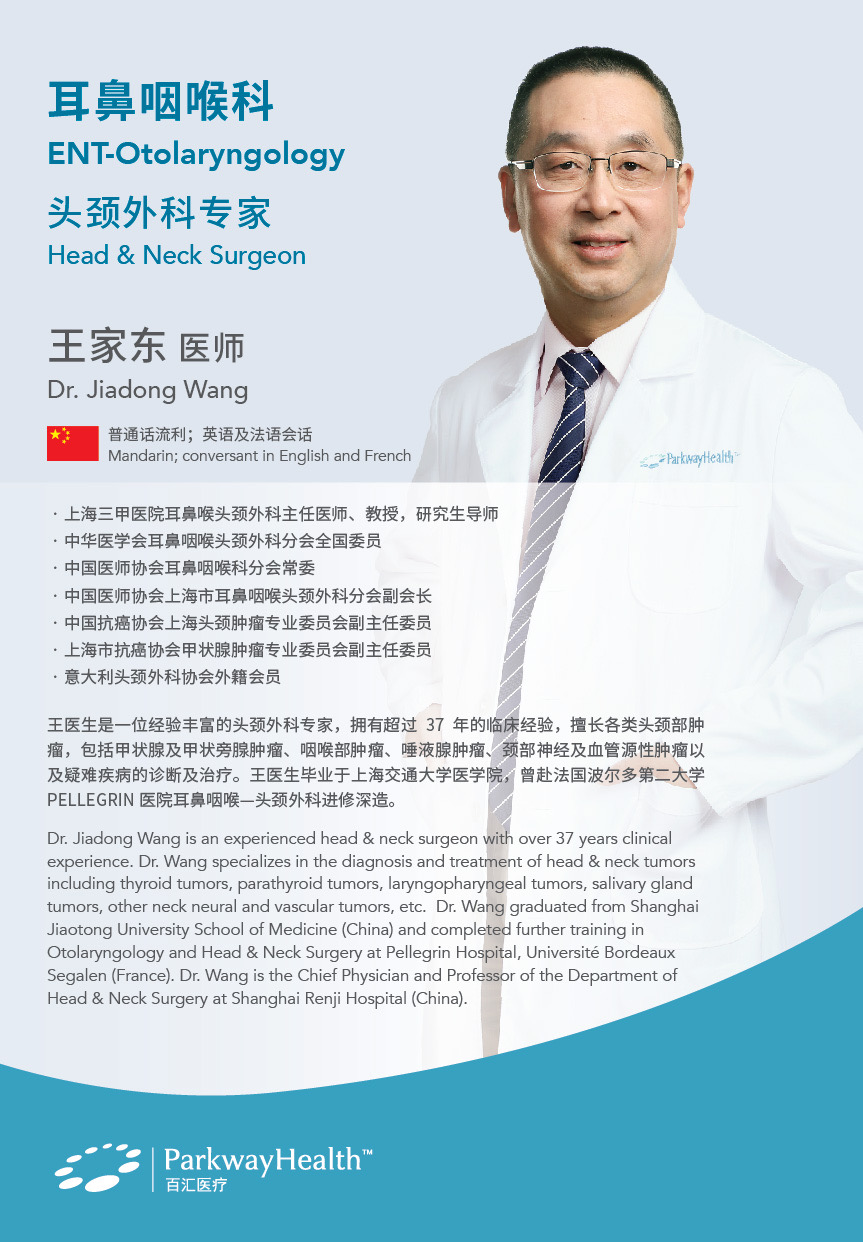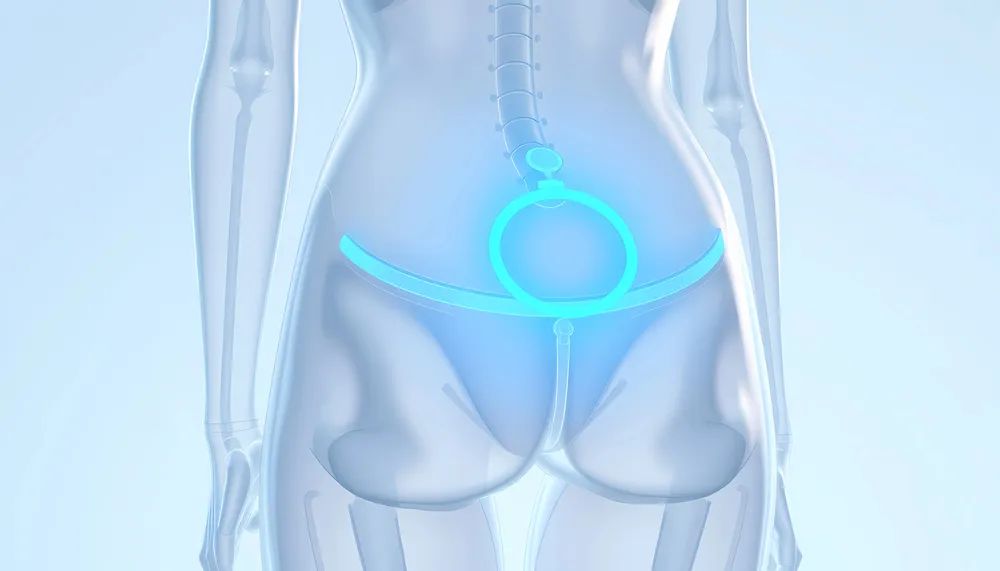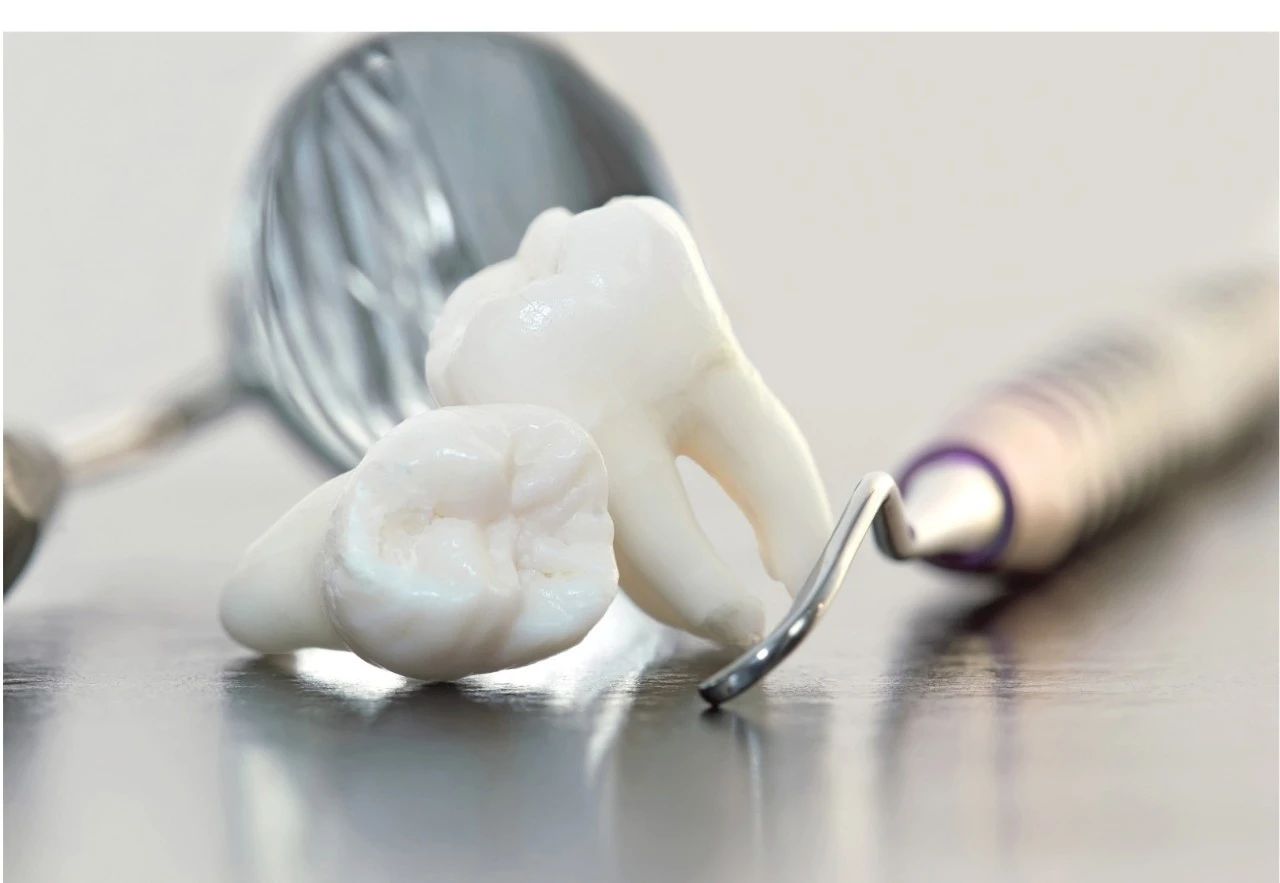Minimally Invasive Head, Neck and Thyroid Surgery: What's New?
2021-09-01

Dr. Jiadong Wang, ENT specialist at ParkwayHealth, discusses technological advancements in ENT surgery that make procedures less invasive and support faster recovery.
Traditional surgery of the past
There was a time when, if you went in for ear, nose, throat, head or neck surgery, you would wake up with unsightly scars from the huge incisions your surgeon would have had to make to get to the hard-to-reach parts of that area of your anatomy. Incisions as long as 10cm were normal when removing large goiters in the treatment of a thyroid condition, for example.
In some cases, surgery involved highly invasive approaches like splitting the jaw to gain the access the surgeon needed, and, as you can imagine, this could lead to further complications for the patient.
A great deal of normal tissue, including the swallowing muscles and portions of the neck, would have to be cut through to get to the surgery site. You would be patched up with flesh and skin from places like the thigh. In cases of cancer, frequently, the procedures would be followed by radiation and chemotherapy together, increasing the risk of further complications.
Fast forward to today’s new techniques
Thanks to the advent of endoscopy and technology such as robotic arms, ENT surgery has become much less invasive when treating throat, oral and thyroid cancers and conditions.
With the surgical robot, we are able to perform TORS – trans-oral robotic surgery – which involves putting an endoscope with various robotic arms through the mouth to remove a cancer in the throat, while previously we had to saw open the jaw to reach it.
As a result of such minimally invasive techniques, there is no need to cut through so much normal tissue, so we don’t need to transplant tissue from elsewhere on the body. Instead, the wounds heal naturally, contracting to bring the surrounding normal structures together so that nearly normal anatomy is maintained. In addition, you don’t lose sensory sensation in the swallowing muscles as you used to do with transplanted tissue.
And because we are able to get better access to the tumor and remove it whole, the patient requires less radiation and chemotherapy. In some cases, with early stage cancers removed in their entirety, we don’t even need to put the patient through this toxic procedure at all.
Faster recovery with a better quality of life
There are a host of benefits to the patient through these modern ENT surgical techniques:
- Better chance of survival
- Better quality of life with being able to eat and drink more normally
- Shorter treatment duration
- Lower treatment costs
- Avoidance of chemotherapy and radiation for stage 1 and 2 cancers if the whole cancer can be removed through surgery alone
- Scarless procedures now possible for thyroid surgery
Head, neck and thyroid surgery - Thyroid conditions
There are various situations when the thyroid, or a part of it, needs to be removed, such as when the gland produces excessive levels of hormone, if there are nodules suspicious for cancer or definite cancer, or if the thyroid has swollen to compress the airway in the form of a goitre.
We may need to perform a hemithyroidectomy – the removal of half the thyroid, or a total thyroidectomy – the removal of the entire thyroid gland. Sometimes for more extensive cancer, removal of lymph nodes around the thyroid may be necessary as well.
For nodules, as long as it’s safe, what we can now offer are scarless approaches by using an endoscope through the mouth, on the inside of the lip, through the armpit, or even behind the ear and into the hairline. So you are no longer left with a prominent scar in the front of the neck, and the need for special clothing or accessories to cover the scars.
Faster recovery times
- As the procedure is minimally invasive, you can expect to be:
- Back home within 1 – 5 days,
- Eating and drinking by the first day,
- Resuming normal daily activities within a couple of days and
- Back to work and exercise within 2 weeks.
Weighing the risks
As with any other surgery, thyroid surgery carries some risks, regardless of the approach, as there are various critical structures surrounding the gland, such as the recurrent laryngeal nerves, which control movement of the vocal cords.
Inadvertent injury to one side causes hoarseness, while injury to both may cause difficulty in breathing. However, in the hands of an experienced surgeon, the risk of nerve injury is very low, and even lower with robotic assistance. For example, the da Vinci robot (a surgical system that enables surgeons to perform operations through small incisions) provides a tenfold magnified view and very flexible instruments that help identify and preserve the nerves and parathyroid glands.
Bleeding in the thyroid area is particularly serious because it may result in airway compression, which is potentially life-threatening. Therefore, it is important to choose a good aftercare facility following surgery to make sure that if any complications arise, they are recognized early so immediate medical care can be given.
Choosing a surgeon
Consult a surgeon with sufficient relevant experience who can minimize surgical risks and is able to handle more complex cases, including total thyroidectomy and removal of lymph nodes.
Find out how many times they have performed the exact surgery you will be undergoing because surgeons who have limited or no experience in the procedure you need may not be aware of what is possible.
Check that the surgeon has plenty of experience with endoscopy and robotic surgery.
For more information or to make an appointment, please contact 400-819-6622.
Article reviewed by Dr. Jiadong Wang, ENT specialist at ParkwayHealth

Copyright: Health Plus an online health and wellness web resource developed by Parkway Singapore





























